I had coffee with a colleague recently. And she shared a list of initiatives she planned to roll out to her employees this year. It was a great list. It included things like change management, corporate mission, vision, strategy, and even values.
She’s my friend, so I was candid with her. I said…don’t waste your time!
This particular friend is a stellar HR professional. She’s an industry leader.
Her expression of surprise was an understatement of how she felt.
Why on earth would I say that any of those things were a waste of time?
The answer?
Without addressing the issue of employee engagement first; the other things won’t work.
It’s that simple. Without an employee engagement system, the rest is a waste of time.
And often, as leaders we don’t even recognize the size of the problem. Even in our own organizations.
The facts..
The reality is that 70% of American workers are not engaged. And 52% say they’ll be looking for a new job this year.
Those are high numbers, and we can’t ignore them. Disengaged employees cost employers between $450 and $550 billion dollars each year.
Even leaders who are aware that they have a problem aren’t sure what to do about it. How do you make someone else feel engaged in their job?
After all, it’s a personal mind set right?
Well, with over 20 years of HR and coaching experience, like everyone else this is problem that I have grappled. And, like everyone else I struggled with it. Part of the challenge is that we try to fix it all with one solution, but actually there are three key areas that employees need to engage with. And if we don’t address all three they’ll never be highly engaged.
In fact, they’ll be prone to disengage.
As leaders, it’s our job to engage people. Specifically, we need to engage them:
- With the organization. Mission, values, culture;
- With their role within the company;
- With us as their leader
It was only when I started to address these areas collectively that teams started to become engaged, and then I could help move them to become highly engaged.
Using this I was able to create a 4 step process, that I call CARE to Engage. I use this process to help my clients drive engagement within their teams. The first three steps Clarity, Authenticity and Responsibility help create engagement, and when you add in Encouragement it makes the whole thing sustainable.
The reality is, I’ve seen it work.
My clients, use CARE and have had great successes. In fact, they’ve shown 40 to 50% improved ratings in 15 key areas of leadership after learning these steps. And they’ve learned that by implementing these four steps, even the most disengaged teams can change.
C.A.R.E to Engage is my system.
Clarity, Authenticity, Responsibility, and Encouragement. Each piece is necessary to create an engaged team. And when used together, it becomes a powerhouse for increasing productivity.
Clarity
Clarity is providing understanding beyond the surface. It’s not about clear instructions, it’s about connecting the what and the how to the WHY. What are the connections between the task/job and the bigger picture?

You don’t have to take my word for it. The Energy Project & Harvard Business Review combined forces to survey 20,000 employees. The results were compiled in a report called The Quality of Life @ Work. What they found was eye opening.
According to their research only 20% of employees reported having a leader who communicates a vision that is clear, consistent, and inspiring. Those that did reported being 70% more satisfied with their jobs, 56% more energized, and 100% more likely to stay with their jobs.
People want to have purpose in their work. Finding clarity in the purpose builds engagement. Without knowing the why, we’re left with temporary motivators that eventually fade. And good employees leave. In fact, the research shows that employees who feel a sense of meaning to their work are 177% more engaged.
Clarity also means communicating beyond a surface level. It means questioning, and listening, and understanding. One way communication leads to frustration.
Asking if there are any questions is the communication equivalent of saying ‘let’s have lunch soon.’ It rarely produces a result. Clarity requires us to create a dialogue and check for understanding.
Authenticity
Authenticity builds trust with the leadership. Without trust it is impossible to have engaged teams. It’s that simple. And, according to the HBR/Energy Project report, only 29% of employees feel a sense of safety and trust at work.
One of the problems is that while we know what our values are, and we know how much we care, our employees don’t often know it. Perception is far more powerful than reality. So, as leaders we need to model leading by our core values every day.
It’s critical that our employees know that we have their back. And, it’s not always easy.
Clients, co-workers, supervisors…each pushing us in a different direction. Each having their own agenda. If our teams are to follow us, trust us, and engage with us, we must make the right choices. They have to see that we have their backs. They have to know that we care.
Utilizing tools like 360s, surveys, and interviews can help us learn how employees and coworkers actually perceive us. It’s important to use them and to absorb and act on the information they provide.
Building trust also requires respect. Our co-workers, supervisors and subordinates are critical to our success. Personal success and organizational success. We need to consider the relationship in each communication. Ask ourselves, is how I’m speaking to this person right now going to hurt the relationship over time?
It’s important to recognize the connection between professional relationships and success.
Responsibility
The first thing we learn in life is to avoid responsibility. If you don’t believe me, find a three year old and ask him how the toys ended up all over the floor. He’ll tell you they spilled. HE didn’t throw them on the floor, it happened by itself.
It’s human nature to avoid responsibility. But, the alternative means you’re a victim. And if you’re a victim there is no way you can stop something from happening in the future. Because it’s out of your control.
Why were you late for a meeting? Was it the weather, the traffic, or possibly an earlier meeting that ran late? Any one of these excuses makes you a victim. Fred Kofman, author of Conscious Business states that when you’re a victim you have no control. You might be late for every meeting moving forward because it’s out of your control. Taking on responsibility means putting yourself back in control. You can leave earlier. You can make a choice to leave one meeting to be on time for another.
When you teach your teams to accept responsibility you put them back in control. Responsibility is taking ownership of actions without excuses or blame. And engaged teams accept responsibility. Disengaged teams have finger pointing, blame, and toxic environments.
Encouragement
When a job is harder than you expected, and the overwhelm is more than you can bare, it’s easy to disengage and to give up. Family pressure, money issues, and even health problems creep into the day. And it makes it hard to go on.
Think about when you teach a child to ride a bike. You encourage every step of the way. From training wheels, to one training wheel, to running behind holding on, to finally letting go. If you were to stop that encouragement at any point in the cycle, the progress would be stifled.
Our teams are the same. They need encouragement along the way. They need recognition for how far they’ve already pushed the boulder up the hill. Because when you notice them along the way, it makes the challenge of going on seem easier.
When you encourage your team for the process not the outcome, they stay engaged. They feel seen and heard. And in return, they engage in the task and they finish the job.
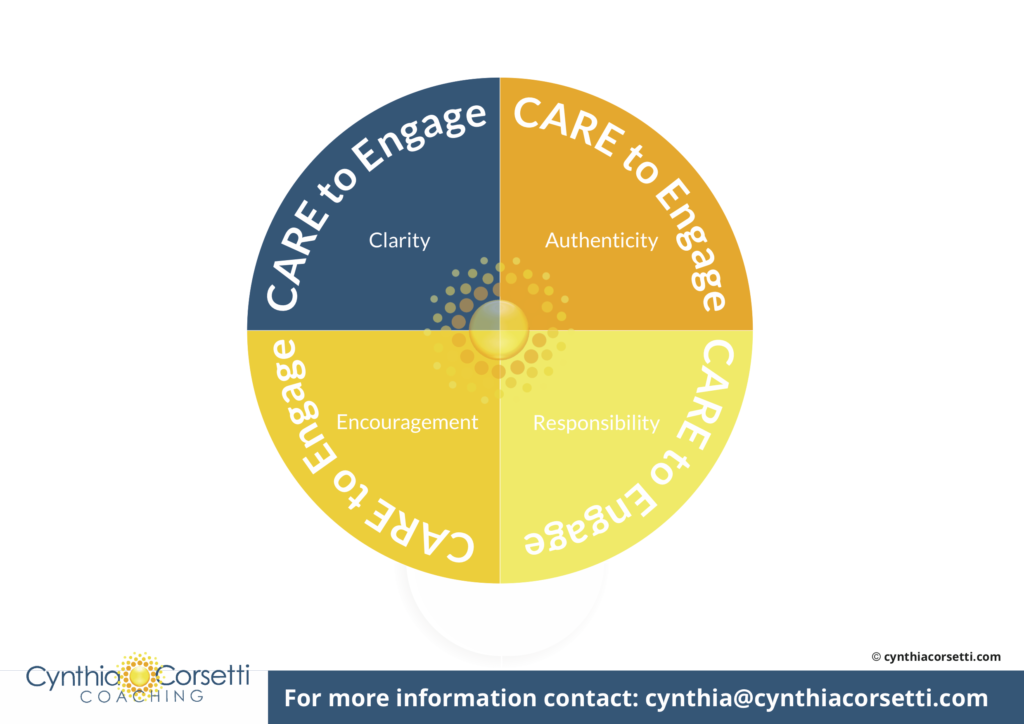
C.A.R.E to Engage is the foundation to engaged teams.
If you put each piece into action you’ll see your employees change. Productivity will increase, and absenteeism will go down. The work environment will become more positive. Your customers will notice, and your P&L will prove it.
There’s a saying that gets passed around leadership circles often, “Nobody cares how much you know, until they know how much you care.”
And in employee engagement there is no statement that could be more true.
Gallup: State of The Workplace https://news.gallup.com/reports/178514/state-american-workplace.aspx?g_source=link_NEWSV9&g_medium=TOPIC&g_campaign=item_&g_content=State%2520of%2520the%2520American%2520Workplace
Conscious Business, Fred Kofman
Cynthia Corsetti is an Executive Coach and Speaker. If you’d like to learn more on how her C.A.R.E. to Engage system can help you create an engaged workforce in your organization, you can email her at: [email protected]
PS..I’m an open networker and I love to connect. Please join me over on LinkedIn and FB so we can take this journey together!



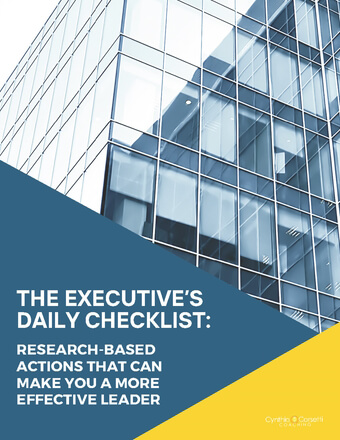



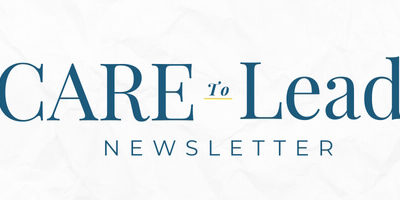
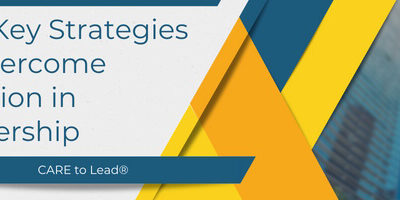
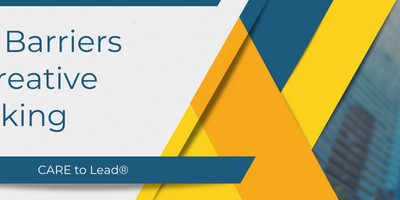
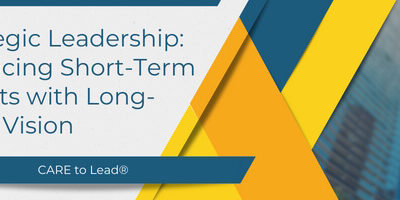
Really, it’s worth reading, Thanks
Muhammad, Thank you very much for your kind words!